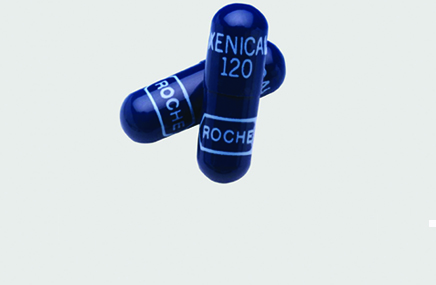With the FDA weighing what could be the first new Rx diet therapy in years, it’s a good time to review the anti-obesity sector. Noah Pines dishes the hype and hurdles for Vivus’s Qnexa and would-be competitors, and the imbroglio embroiling diabetes
As millions of Americans struggle with obesity and type 2 diabetes, new medicines are in stout demand, but the potential options being served up face regulatory and reimbursement headwinds. On April 17, the FDA is set to decide on one of these drugs, Vivus’ Qnexa, a combination of two already approved products—phentermine and topiramate—designed to curb patients’ appetites.
There is no question that a lucrative market awaits: two out of three Americans are overweight or obese, placing them at increased risk for diabetes, cardiovascular disease, cancer and other morbidities. The disease costs the US healthcare system $147 billion annually.
“There is a lot of demand out there for an obesity therapy, and with the FDA stamp of approval, it creates a whole new category vs. other [weight control] methods,” said Leerink Swann biotech analyst Steve Yoo. The only other approved long-term diet therapy is Roche’s Xenical (orlistat), whose traction in the market has been stymied partly due to embarrassing gastrointestinal side effects.
Vivus says it will use a contract sales force of 150 reps to target the roughly 24,000 US physicians treating obesity, says Yoo. That won’t help it clear reimbursement obstacles, warns Matthew Mintz, an internist and associate professor at George Washington University Hospital: “The barrier is that these drugs will be expensive, and most insurance companies do not cover oral pharmacotherapy for weight management.”
Or the high regulatory hurdle. An FDA advisory committee voted 20-2 in favor of Qnexa in February, and the agency usually follows its panels’ advice. But it doesn’t have to, and there is plenty of political cover for it to issue a denial. “Past experience with [withdrawn products] fen-phen and Meridia have made approval of new drugs more difficult,” observes Sanford Bernstein analyst Tim Anderson.
In the wake of these setbacks, new agents face a steep approvability bar. “The issue is how the FDA will frame its request for cardiovascular safety data,” said Uwe Tigör, chief medical officer, Palio Communications. “When it comes to cardiovascular safety, the attitude of the agency has been very aggressive lately.”
Indeed, two other weight-loss hopefuls—Orexigen/Takeda’s Contrave and Arena Pharmaceuticals/Eisai’s lorcaserin—were asked to tender more clinical data to validate safety profiles.
The high bar extends to drugs and devices to treat type 2 diabetes—a difficulty highlighted by last July’s mostly negative panel vote on Bristol-Myers Squibb/AstraZeneca’s SGLT-2 inhibitor dapagliflozin, and by this year’s long-delayed approval of Amylin Pharmaceuticals’ GLP-1 Bydureon, setting up a battle with Novo Nordisk’s Victoza.
Victoza has done well relative to Amylin’s other GLP-1, Byetta, and has taken share from the oral DPP-IVs (whose leader, Merck’s Januvia/Janumet franchise, has 90% market share), but patient aversion to needles limits uptake. GLP-1s are usually niched to second-line patients, and for generalists to coax patients toward injectables, drugmakers must stress the GLP-1 profile. “They have more efficacy than DPP-IVs and are associated with weight loss,” says Ben Weintraub, director of research, Wolters Kluwer inThought. “We are looking at whether having a once-weekly version will be enough for more PCPs to jump on the bandwagon.”
Adds Mintz, the real contest boils down to patients’ preference for Victoza’s once-daily vs. Bydureon’s once-weekly dosing, and between the Victoza pen and Bydureon’s lower-priced injection system, which involves reconstitution.
For now, incumbent Victoza has more marketing muscle, with Amylin having disbanded its co-promote with Eli Lilly, but Novo triggered a hailstorm of ill will after dubbing celebrity chef Paula Deen its Victoza spokeswoman around the time of Bydureon’s debut—a risky move which continues to draw fire.
New GLP-1 analogs should continue to boost convenience and efficacy, says Weintraub. But investment volume in the diabetes pipeline is down, notes Tigör. “That is a very disconcerting signal.

From the April 01, 2012 Issue of MM+M - Medical Marketing and Media







